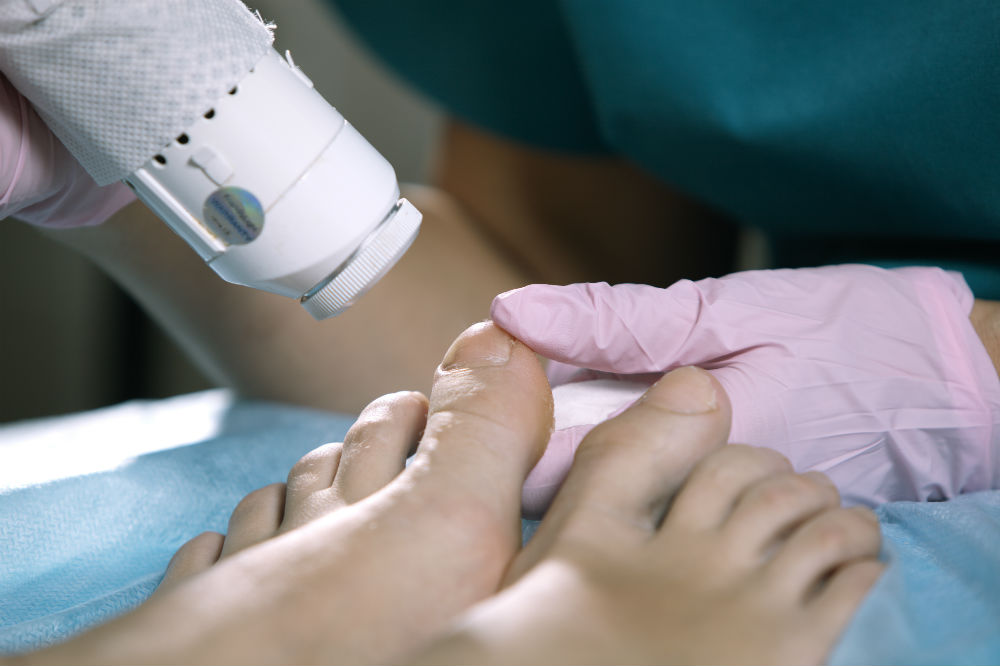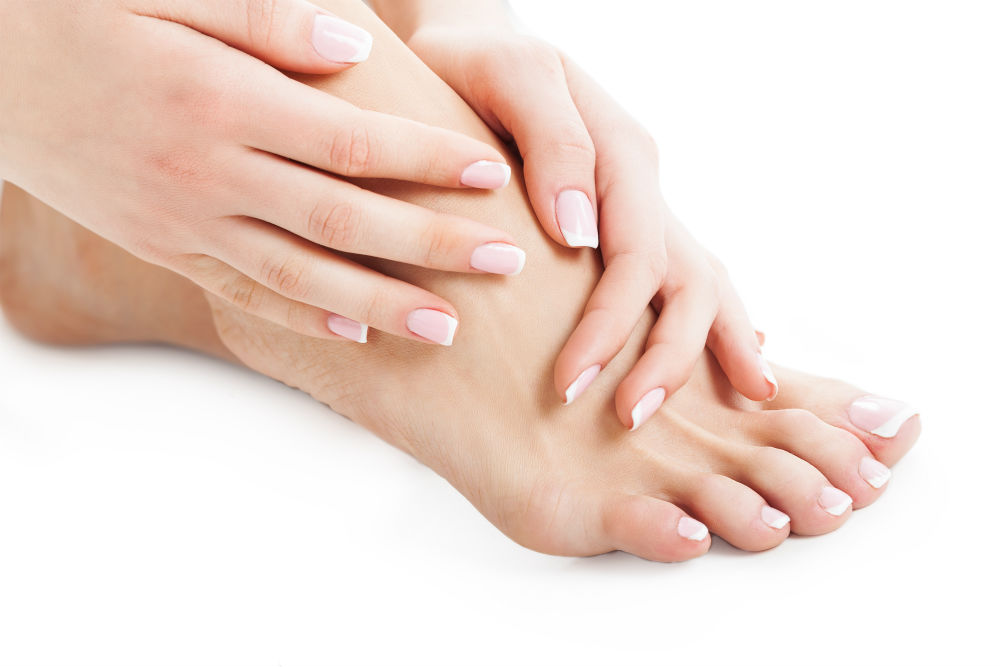How to Prevent Toenail Fungus
We’ve all heard it before: An ounce of prevention is worth a pound of cure.
That simple proverb holds true all the time in the medical field. Over and over again, proactive care that prevents a condition from occurring in the first place is far easier—and far better—than trying to repair the damage after the fact. It definitely holds true for fungal toenails, too.
Actually, scratch that.
An ounce of prevention is probably worth 10 pounds of cure. Make that 100 pounds if you aren’t using laser treatment.
Why? Well, even though laser technology has made eradication of toenail fungus safer, more convenient, and more effective than ever before, the process still gets held up by one thing we can’t do anything about: the rate that your toenails grow.
Even if we kill the fungi in a matter of weeks, it could take up to a year for the last bits of damaged nail to finally grow all the way out.
So if you want to avoid that fate, take care of your feet!
How to Prevent Toenail Fungus
If want to prevent a fungal toenail infection, the biggest thing you need to keep in mind is that the fungi that cause it (dermatophytes) especially love warm, wet, and dark places.
Many of the specific pieces of advice below are focused on helping you avoid unnecessarily prolonged contact with locations and items that fungi love to congregate on.
Follow these tips and you can drastically reduce your chances of developing fungal toenails.
Hygiene and Grooming
- Wash your feet. Every day, with soap and warm water. Make sure you hit those hard-to-reach spots between the toes! Then, dry your feet thoroughly before putting your socks back on.
- Keep your toenails neatly trimmed. Nails that are too short or too long can provide an opening for fungi to get underneath. Do not round the corners of your toenails when you trim, and never cut your cuticles.
- Don’t share clippers or grooming tools. Fungi can cling to equipment that hasn’t been properly sterilized. The safest bet is to have your own set that you don’t share with anyone else.
- Treat athlete’s foot, ringworm, jock itch, or any other fungal skin infections right away. These conditions are also caused by dermatophyte fungi, and can spread to your toenails through direct or indirect contact. Treating them as quickly as possible reduces the risk of transmission.
- Treat ingrown toenails right away. In addition to being painful, ingrown toenails can open up gaps between the nail and the skin—a perfect opportunity for fungi to sneak underneath.
Footwear
- Make sure your shoes fit! Shoes that are too small can push on the nails. Shoes that are too big can slide around on your feet, and can result in your toenails jamming against the front of the shoe. Both can injure the nails in ways that allow fungi access to the nail bed.
- Choose breathable fabrics. Socks and shoes that wick moisture and allow your feet to breathe and dry off are a great choice. Good sandals—ones that actually cushion your feet and support your arch properly—are even better.
- Change your socks and shoes when they get damp. Wet socks and shoes can harbor fungi and bacteria. If you can get all the way through the day on the same pair, great. However if your feet sweat a lot, you might have to change your socks more than once per day.
- Rotate your shoes. It’s good to have more than one pair of “everyday” or work shoes so that you never have to wear the same pair two days in a row. This means your shoes have a good 30 hours or so to fully dry out before you put them back on your feet. If your shoes never dry out, they become more and more attractive for fungal colonization!
- Treat your shoes with antifungal sprays or powders. This is especially important for people who have had fungal infections in the past and don’t want them again! Applying an antifungal to your shoes at the end of the day, combined with a full day of dry time, will go a long way toward preventing the growth of fungal spores.
Out and About
- Don’t go barefoot in communal areas where the fungi are likely to reside. Here we’re thinking especially of places like showers, locker rooms, pools, playgrounds, etc. Always have a pair of shower shoes or sandals (even flip flops) to give your feet that extra separation and protection from the ground.
- Protect your nails from damage. Just like an ingrown toenail, a broken or injured toenail will allow fungi better access to the underside of the nail. Make sure your nails are always appropriately protected for your activity—for example, by wearing proper work boots on a job site.
- Choose your salon with care. Pedicures can be relaxing and fun—but they can also lead to a nasty infection if you aren’t careful! Make sure any technicians you visit are fully licensed, and the facilities fully sterilize all equipment (including pools) between guests. If you want to be even safer, you can bring your own tools and schedule your appointment as early in the morning as possible.
What Happens If I Get Toenail Fungus Anyway?
Unfortunately, 100% perfection with prevention isn’t always possible, even if you do everything right. Some people are just at higher risk due to environmental factors (for example, the climate or the job you work) or biological factors (for example, poor circulation in the toes). Sometimes you just get unlucky.
In order to mitigate the damage and get your healthy and clear nails back as quickly as possible, you’re going to want to do two main things:
- Inspect your toenails every day and keep an eye out for the early warning signs. If you notice slight changes in the color or shape of your nails—white spots, yellow spots, development of ridges, etc.—you might be in the early stages of the infection.
- Contact our office as soon as you suspect an infection. We are proud to offer laser treatment for fungal nails, which offers significant improvements over oral medications in terms of simplicity, safety, convenience, and effectiveness. (We also provide older treatments as well.)
Get Treatment Today!
With any treatment protocol, the earlier you seek help, the quicker and better your outcome is likely to be. If you stop fungal toenails in the early stages, the visible signs of damage may remain limited.
If you wait until one or more nails are already thickened, yellowed, and obviously deformed, we can still help you. But you’ll have to put up with the unsightliness a lot longer!
Need to get help now? Give us a call at (520) 545-0202 today.
Contact Us
Office Hours:
Monday - Friday
8:00AM - 5:00PM
Tucson Foot & Ankle Institute:
7406 N. La Cholla Blvd.
Tucson, AZ 85741
Phone: (520) 545-0202
Fax: (520) 545-0201
© Tucson Foot and Ankle Institute. All Rights Reserved. | Privacy Policy



